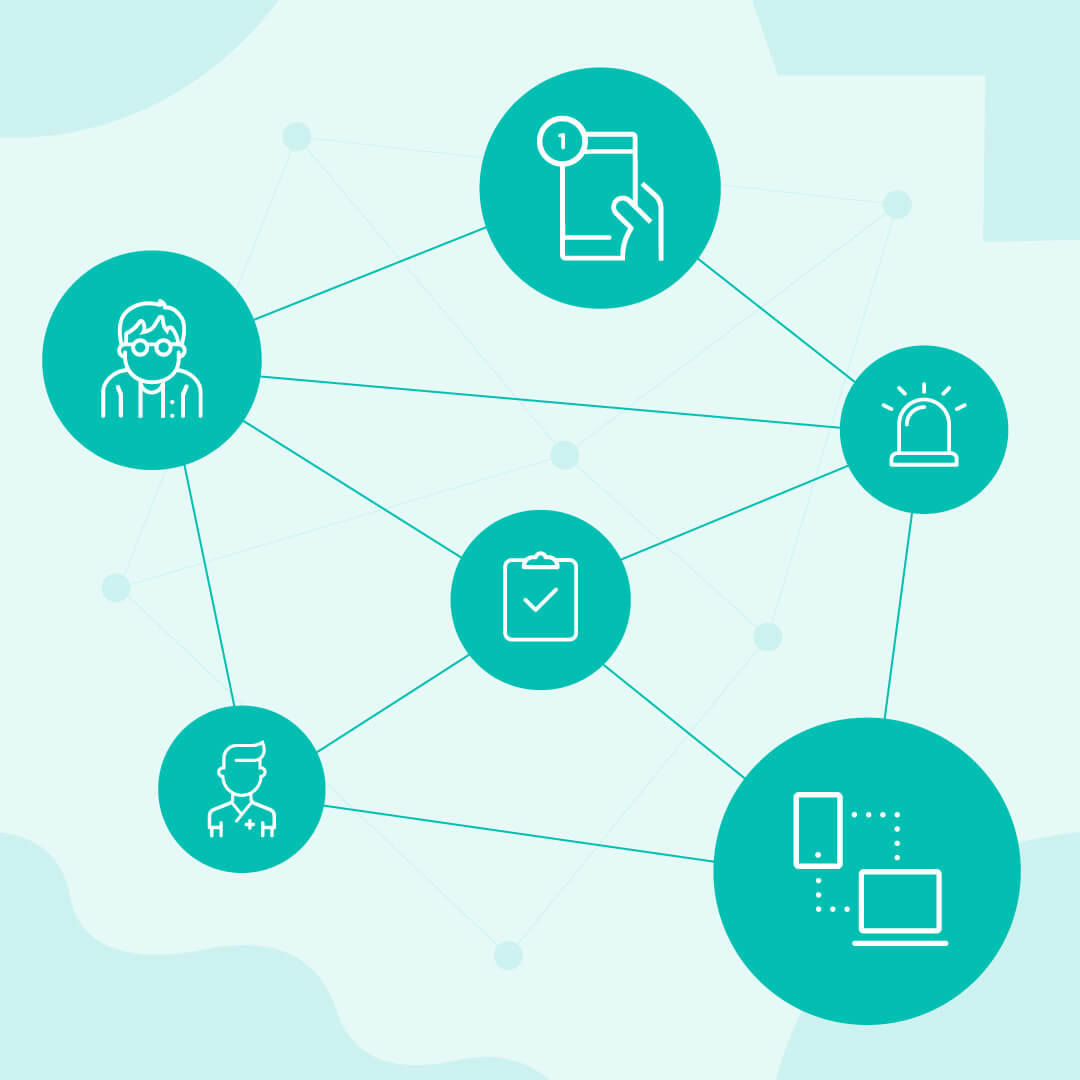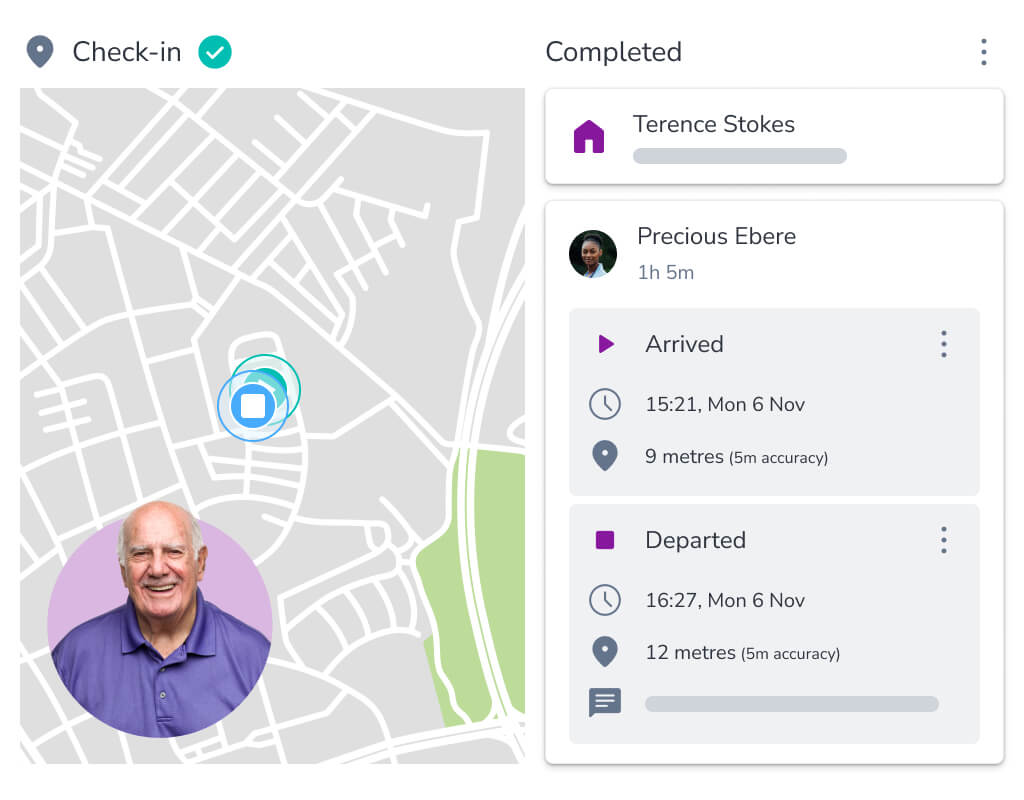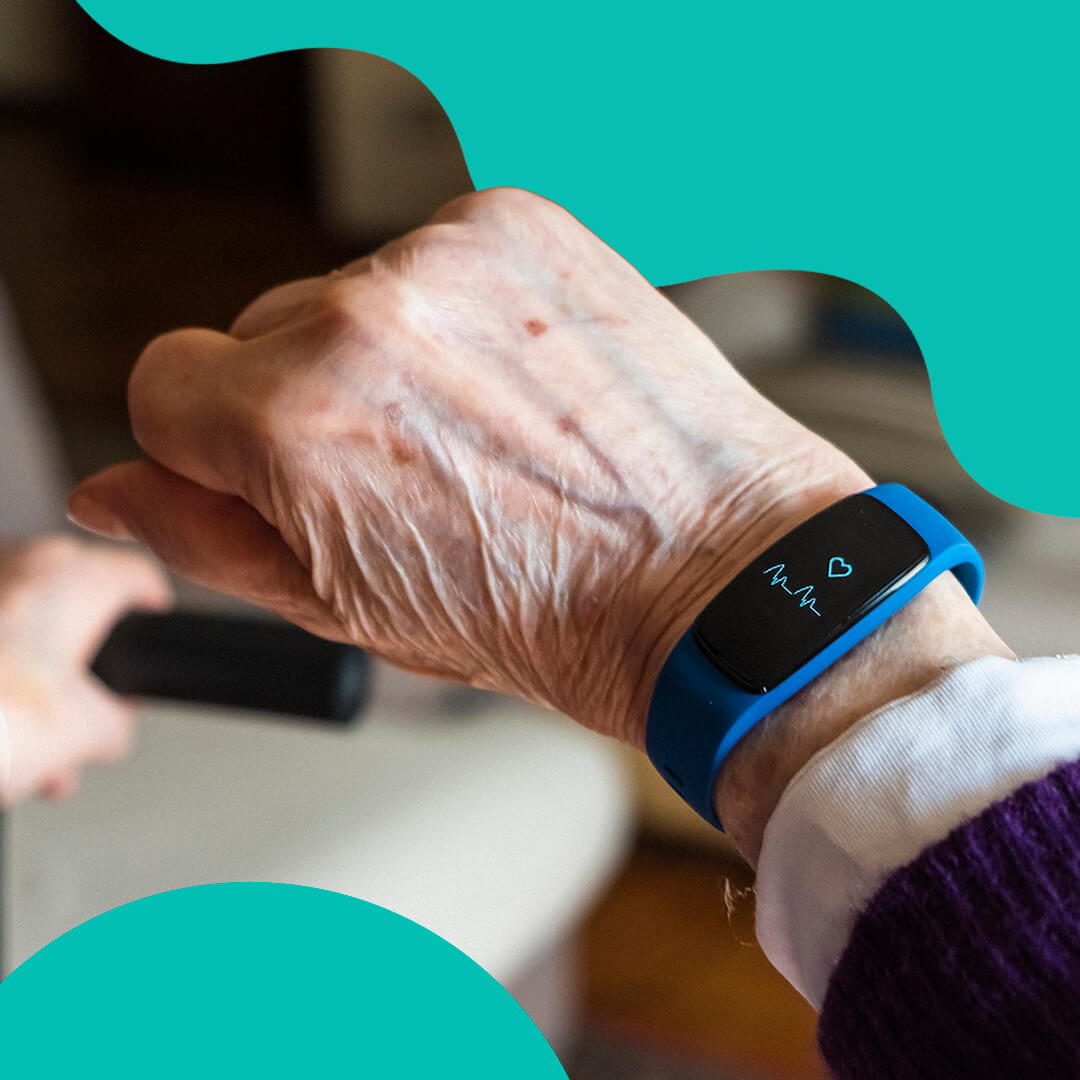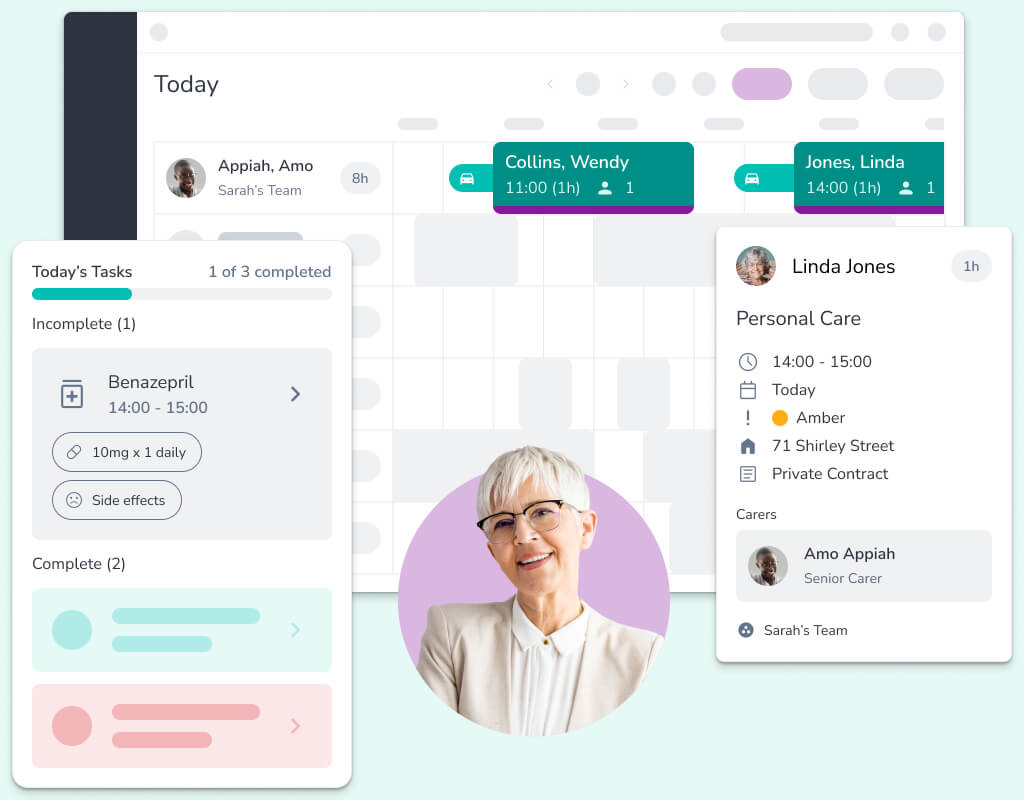Interoperability – a smooth data exchange or “Computer says no” for health and social care?
The rapid development of health and social care-related technology is impacting the entire health and social care industry, including the health tech sector. However, behind the scenes, many organisations have a mishmash of paper-based processes and technologies where interoperability is at best scarce and at worst non-existent. For suppliers of digital technologies, interoperability, namely the ability of one computer system or software to exchange and make use of information from another can be extremely challenging. Making interoperability a reality is complex, with many developers struggling to meet the specific requirements of each partner e.g. the requirements from partner organisations such as NHSx, GP Connect and local authorities are extremely specific, and of course, there are ever changing regulatory and legislative requirements to be met.
It has become increasingly obvious that interoperability is key to successful outcomes for people using services, thus, local authorities and NHS services are driving and indeed specifying for system integrations which allow systems to speak to one another together with data collection for commissioners, health and social care professionals and for the sharing of best practice in the delivery of care, support and treatment across the industry. The crucial sharing of information between organisations, such as between the NHS and home care providers, is no where near to being successfully established, which inevitably impacts on the delivery of high-quality care. Consequently, software companies find themselves working to meet requirements retrospectively which is no mean feat whilst balancing the many functionality requests of customers.
GP Connect
An example in point is the need for home care software platforms to integrate with GP Connect, which will provide visibility to client records and enable a flow of information that the home care sector has been desperate for in recent years. There are significant advantages for providers of home care to be able to access healthcare records and systems that allow the flow of information in real time. Time is of the essence for interoperability not only for providers but crucially to facilitate a positive experience for people accessing services. Time and time again we hear of people having to repeat basic information about themselves to every service that they encounter. Certainly, for people transitioning between services, there can be instances of outdated information being communicated and even vital patient or client information being unavailable. This can put the onus on people using services to relay personal and medical information which can ultimately lead to unsafe service delivery which puts vulnerable people at risk.
Recently, CareLineLive has partnered with the Professional Record Standards Body (PRSB), an organisation established to develop clinical standards for health and care records, because we believe that software platforms must facilitate better outcomes for people using services.
The PRSB About Me standard is a focus for us, as is integration with GP Connect. This presents a crucial opportunity for the sharing of real-time information across health and social care, regardless of which service is being accessed. By having standardised information, updates will be instant, and in due course, all services will have visibility of that important information.
Managing Director Josh Hough said “We have worked tirelessly to ensure that we capture person-centred information on our software system, and it was a natural progression to be drawn to the PRSB, its drive for interoperability and the benefits of standards such as the About Me Standard. It is a ground breaking document that will be embraced by people using services and professionals alike. The scheme will see CareLineLive pressing ahead to be at the forefront of the drive for interoperability, something that we have pursued for some time.”
Supporting local authorities
Our current customer base includes NHS trusts and local authorities and we are keen to support their requirements and vision for interoperability. Again, this is critical to allow for structured and up-to-date management and planning of various systems which will see a standardisation of working practices, monitoring and auditing of services and the empowerment of people using services. CareLineLive’s Care Circle Portal is a great example as it can give secure access to vital client records when required, including access to family, friends and health and social care professionals and the emergency services.
The continuous flow of information leads to collaborative and proactive working across the sector, facilitating an improved experience and more positive outcomes for people accessing services. This clearly impacts on the experience of those working within services where interoperability is the norm, seeing seamless and speedy referral processes and clear routes to care support and treatment. Staff time is a priority resource and electronic imports and exports of HR and finance data will further reduce the scope for errors and demands on staff time. The overhead of oversight is reduced too since audit logs can be constrained to limited data entry/editing points, and not have to look at multiple entry/editing points for the same data.
Behind the scenes the reduced demand on resources will inevitably lessen the scope for errors and lead to better outcomes for all stakeholders. e.g. integrations and interoperability between systems such as social care services, local authority services, and health care services. In finer detail, this will lead to a greater integration of systems including, staff rostering, finance and payroll and HR systems. In addition, the interoperability and integration of health and social care records will continue to see hospital trusts experiencing a significant reduction on bed blocking, avoidable hospital admissions and improved staff rostering and staff communications which leads to more positive outcomes for people using and working within services.
See CareLineLive’s case study on our valued customer South Eastern Trust.
CareLineLive and interoperability
At CareLineLive we are working on interoperability on various fronts including connection with GP Connect and working on developing an external facing API for our management platform. This will increase the sharing of information, facilitating countless use cases from simple data extraction all the way through to report generation and data migration. An API will also mean that other software systems can develop integrations into CareLineLive which further eases interoperability.
CareLineLive already facilitates non-API data transfers with third party software such as Sage, Xero, CM2000 and ContrOCC. Integration into HR systems is a focus to allow agencies to easily transfer their carer information into CareLineLive thus avoiding multiple entry for users.
Interoperability is about people too!
At it’s heart interoperability is about communication. This is often thought to be about systems communicating with other systems but in health and social care, human communications are also core. At CareLineLive we have built our software with streamlined and helpful communications at the heart via three interconnected interfaces for the platform solution: the Carer Companion Mobile app, the Management Portal and the Care Circle Portal.
Our Carer Companion Mobile app provides carers the tools and real time information they need to work efficiently and provide truly person centred care. The Management Platform is a web-browser app that helps office-based staff be more efficient with processes such as rostering, client and carer management, capacity planning, invoicing, payroll and real time call monitoring. All this information is connected and can be interrogated to produce reports that inform the business from visit financial information to carer utilisation as well as evidence for regulatory bodies. Finally the Care Circle Portal is another web-browser app that provides service users’ family and friends access to carer notes, observations, administered medication and visit information. One-off access for emergency services is also enabled.



